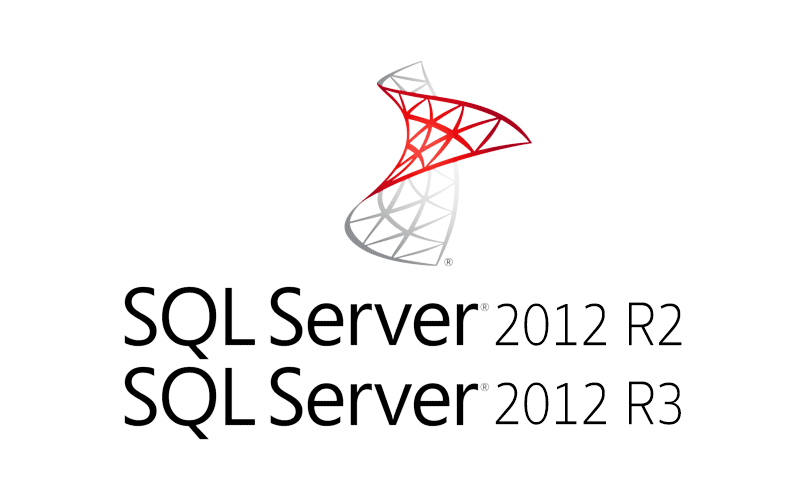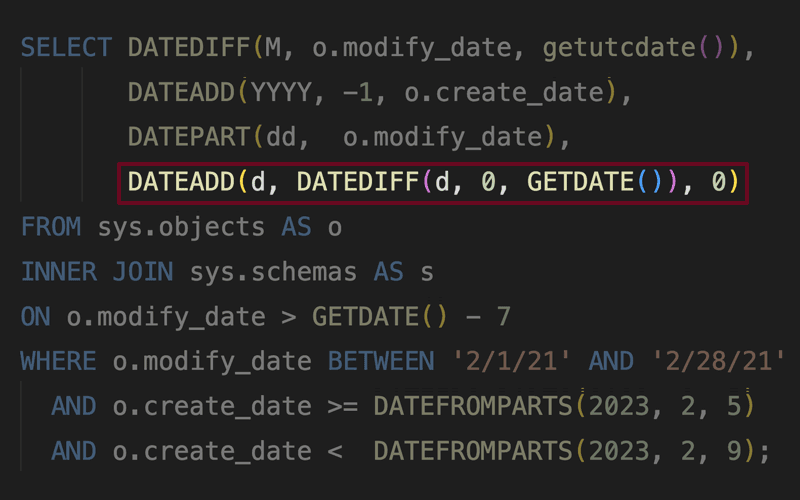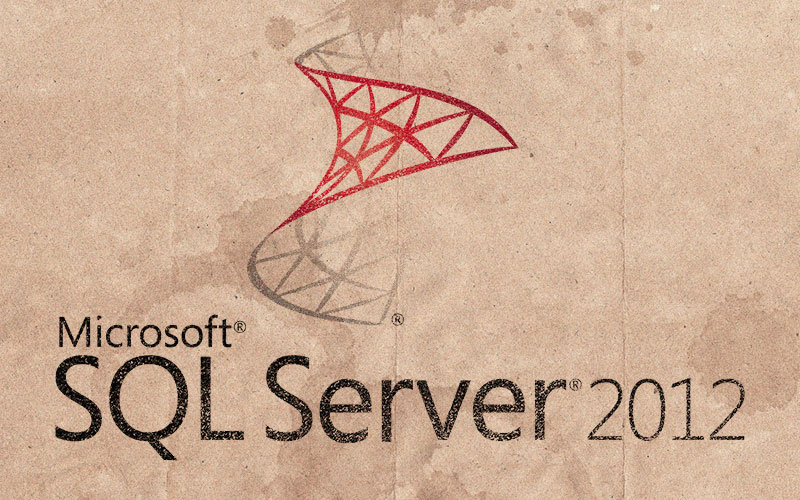I explore a couple of advantages and a hefty list of limitations with filtered indexes in SQL Server 2008 and above, with links to no less than 36 Connect items.
Microsoft announced today that their next two major releases, each of which contains a major performance-related feature, will follow a naming strategy similar to the 2008 -> 2008 R2 story. Read on for more…
I discuss ways to optimize large delete operations, both to make them faster, and to minimize impact on the transaction log.
See how you can protect your execution plans with a free PowerShell script from Jonathan Kehayias of SQLskills.
I had a great time at the MVP Summit last week. Caught up with a lot of friends, tried some new foods, and took in some great technical sessions.
There is an important MERGE "wrong results" bug, involving indexed views, that could be affecting your queries right now.
Tip : Move all SQL Server indexed views to a new filegroup
In part 3, I shift focus to generating sequences of dates.
In this installment, I talk about the next level of scale: generating sets of 50,000 and 1,000,000 numbers.
I discuss ways to generate a contiguous set of numbers from 1 to 1,000.
I talk about some potential inefficiencies here that you might not notice on low volume sites but that will start to affect performance as your web volume ramps up.
I dig into the left anti semi join, comparing NOT IN, NOT EXISTS, OUTER APPLY, EXCEPT, and OUTER JOIN methods.
I discuss several aspects of DBCC CHECKDB and offer suggestions to minimize the impact this crucial operation can have.
A lot of work went into improving estimates shown by an execution plan in Plan Explorer.
STATISTICS IO might not always tell the whole truth about data being read to process a query.
I follow up on an earlier post about trimming time from datetime, this time examining the performance characteristics of various methods without data access.
I show several reasons why you should stop using the sp_ prefix on stored procedures in SQL Server, including a (minor) performance hit.
See if there is anything to gain by checking first if a particular column should be updated.
Hit-highlighting is a feature that many people wish Full-Text Search would support natively. See possible solutions.
I talk about the default cursor options in SQL Server and why you may want to override them.
Your data type choices can sometimes have more impact than you think.
Tip : Build a quota system for SQL Server user defined tables
I share my slide deck and some photos from SQL Saturday #162 in that Cambridge.
There are lots of ways to remove time from a date, but most of them are extremely inefficient.
This post explores the performance characteristics of several solutions to the median problem.
Playing around today, I discovered that I was locked out of my local named instance using the Dedicated Administrator Connection. This post shows why and explains how you can avoid getting shut out of your own instance.
Sometimes it can make sense to check for potential errors and prevent them, instead of letting them happen.
Some interesting discussions always evolve around the topic of splitting strings; here I show splitting on the database side may not be necessary in the first place.
I describe a way to use ALTER SCHEMA … TRANSFER to refresh data with minimal disruption.
There were a lot of comments following my post last week about string splitting, and I have tried to address those here.
This week I came across a case where DRY should be thrown out the window. There are other cases too; this one involved bitwise operators.
In this tip, I show how to remove MDW – which involves more steps than you might expect.
I explore some common approaches people use to split strings, complete with performance analysis.
See some of the ways to produce running totals, including new functionality in SQL Server 2012.
Tip : Script to rename constraints and indexes to conform to a naming convention
Tip : Getting Started with SQL Server 2012 Express LocalDB
Tip : Maintaining SQL Server default trace historical events for analysis and reporting
I talk about how your SQL Server instance might not be firing on all cylinders if you get into this licensing scenario.
Tip : Storing E-mail addresses more efficiently – Part 2












































